For a long time, Long Tri watermelon was a brand name like Tan Trieu grapefruit, Lai Thieu mangosteen, Cho Lach durian. Since the late 1990s, the entire watermelon region has switched to dragon fruit, but Tet markets in Saigon, Hanoi and many other places still sell Long Tri watermelon. Newspapers and many websites still promote and sell Long Tri watermelon with "winged" adjectives,...
1. Actually, the name Long Tri watermelon is just a symbol. Long Tri is not the name of a melon variety, most of the melons in this area are grown with Baby Sugar seeds imported from the US, people often call them Bi melons. The skin is dark green or striped green, the flesh is firm red, the melon is big. Usually the best melons chosen to sell for Tet are 7-8kg/fruit. Long Tri is also not a specific place name like the origin of the goods. Long Tri is just the name of a commune in the traditional watermelon area including An Luc Long, Duong Xuan Hoi, Hiep Thanh of Chau Thanh district, Long An province and the communes of Dang Hung Phuoc, Tan Binh Thanh,... of Cho Gao district, Tien Giang province.
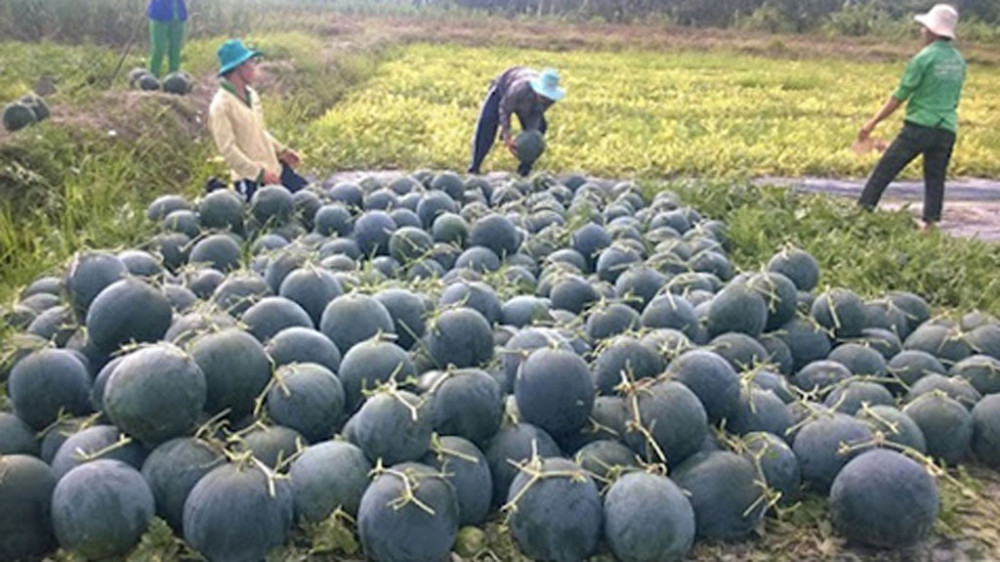
The ancients said that growing rice means eating while lying down, raising silkworms means eating while standing, so we should add growing melons means eating while running to see the difference in the level of each type of crop. My paternal grandfather's house is in Duong Xuan Hoi, my uncle's house is in Dang Hung Phuoc, 7km apart, my uncle's children are all "artisans" of the melon village. My grandfather's death anniversary is on the 16th of the 11th lunar month, right in the melon season, every year the children go to the funeral at night. After taking care of the melon field, they quickly cycle over to burn incense for their great-grandmother. They chat until midnight, then cycle back to tend the melons, preparing for a new working day. From digging ridges, building mounds, digging irrigation ditches to tilling the soil, composting, pollinating, picking fruit, and watering, the gardener must be proficient in everything.
At that time, there were no growth chemicals, mainly fish manure and organic fertilizer were used, the technique of growing melons was a secret of each garden household, so it was not too much to call melon growers artisans. Usually, each melon bed was planted in two rows on both sides so that the vines could overlap each other. A good calculus person would measure the width of the bed so that when the melons reached their maximum height, the two vines would just touch each other without overlapping. The irrigation ditch was also calculated so that the water would seep evenly to the base of the melon bed.
Sun is good for melons, rain is good for rice. In years with good sunshine and strong winds, the melons grow long and strong like athletes. On the contrary, in years with weak sunshine and weak winds, the melons only grow intermittently, and no matter how much fertilizer is applied, the melons remain stunted.
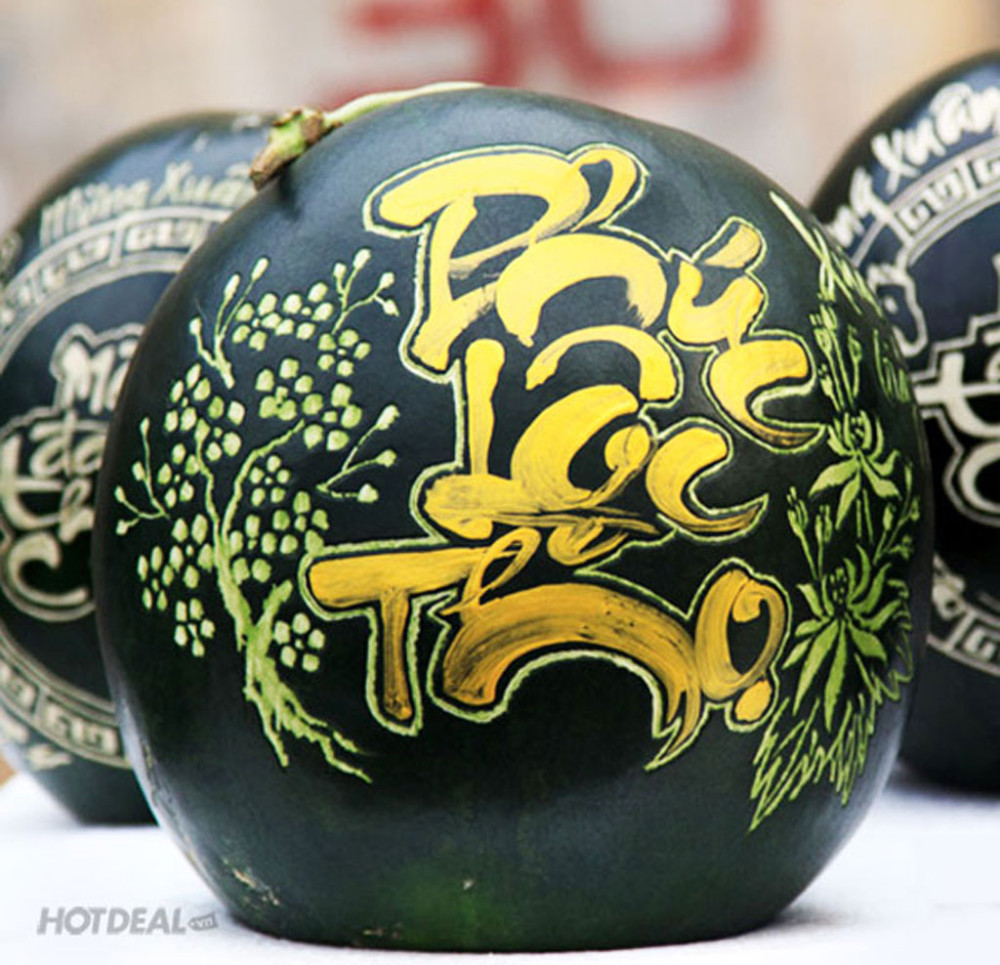
Overcoming the weather, the season also adds to the luck of the market. Gardeners grow melons according to the calendar to sell in 3 periods: Christmas, Lunar New Year and the 15th day of the first lunar month. The most popular is still the sale on Tet. Buying and selling melons is limited to a few days before Tet. In years when the market is prosperous, purchasing power is strong, and income from the melon season can be five or seven times higher than that of rice; otherwise, gardeners are like gamblers.
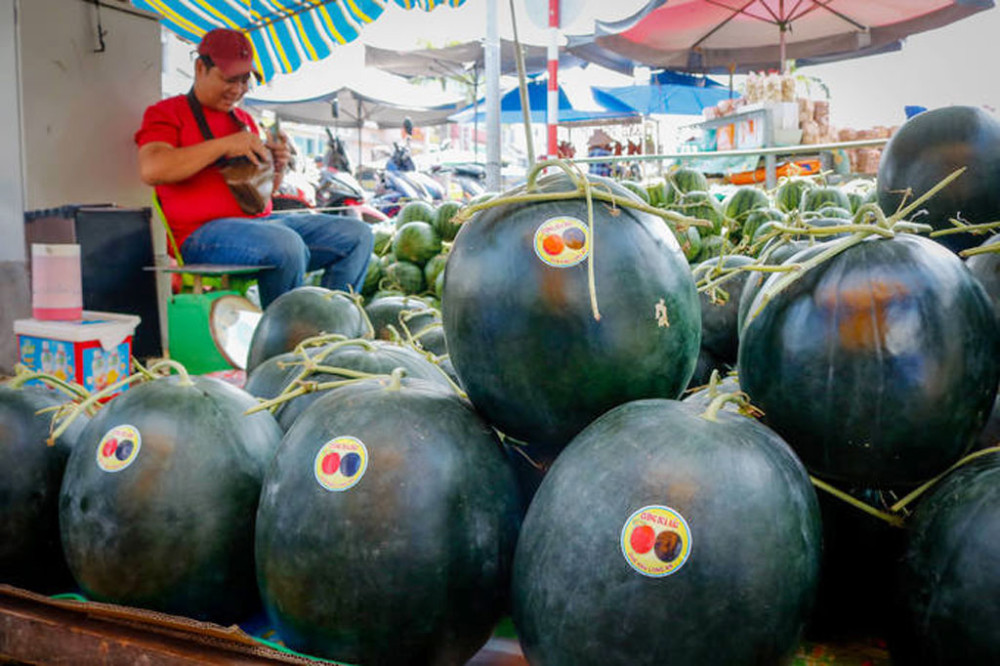
My family has more than 1 hectare of land, but for decades, because of incompetence and lack of courage, no one dared to grow melons. It was not until 1987 that my brother-in-law quit his teaching job and invited his younger brother to join him in growing melons. Everything went smoothly, the harvest was good, the price was good, after that melon crop, on the 30th of Tet, my brother went to Saigon to buy a 14-inch color TV. On New Year's Eve, it had to be placed in the yard for the whole neighborhood to watch.
Due to uncertain profits, even though they "swore to death" they would give up growing melons, when the gentle wind blew, they could no longer bear it. They picked up hoes, dug ditches, and fertilized the fields, and rushed into the melon crop.
It is not simply for profit, deep inside there is also the love of the farmer's job. Looking at the melon vines covering the beds, the plump melons floating on the green leaves, all the hardships disappear. At that time, Long Tri melons had bright red flesh and were very sweet. The melons were cut off from water a week before harvest, so the flesh was soft and dry, with fine grains called sand floating on the tip of the tongue.
The first pair of melons in my family to display for Tet were cut on the 25th of December, and were not split until the 7th, but they were still fresh and crunchy. The quality and reputation of Long Tri melons are not only due to the soil and water, but also the passion and love for the job of the gardeners.
2. In the early 1990s, Long An Import-Export Joint Stock Company found a contract to export watermelons in large quantities. The company ordered farmers to specify the size of the melons with a standard circle. Any melon larger than the circle would be guaranteed at a price quite high compared to the market at that time. This information caused the entire melon area to explode in area and disrupted the growing method. Obsessed with price and size, people passed on to each other new techniques of chemical fertilizers and growth stimulants. Such as watering with urea as top dressing, applying growth stimulants to the skin, to the stem of the melon,...
Melon production therefore skyrocketed, many times higher than the previous year, exceeding both export and domestic consumption capacity. Control and tax stations were removed for growers to consume on their own, but there was still excess and unsold melon. The most heartbreaking thing was that in pursuit of size and weight, growers abused growth stimulants and cut off water late. Watering was still done close to harvest. Melons were watery, rotten quickly, and fragile. As a result, they did not meet export quality standards, so partners did not accept the goods. Melons rotted from the port to the warehouses and right in the fields.
In the following years, the melons were afflicted with a disease that people called “marigold shoots, shot down airplanes”. When the fruit just set, the melon vines stopped growing, the melon leaves shriveled like marigold leaves, and the melon shoots curled up. The Agricultural Extension Center and businesses used many types of chemicals and biological products to test but all failed. The gardeners were devastated. The more persistent people were, the more they lost. Watermelons gradually died on Long Tri land and the old melon area. Instead, dragon fruit was valuable, so the whole area switched to growing dragon fruit.
Some “artisans” of the melon village spread out to neighboring districts such as Tan Tru, Thu Thua, and even to Dong Thap Muoi to rent land to grow melons. The country opened up to integration, and many new melon varieties such as Black Beauty (long round body), Xuan Lan (yellow skin) appeared. The material used to cover the melon beds is a nylon sheet that both prevents weeds and prevents rainwater from seeping into the roots, allowing melons to be grown all year round, without having to wait until the monsoon season and the rain stops.
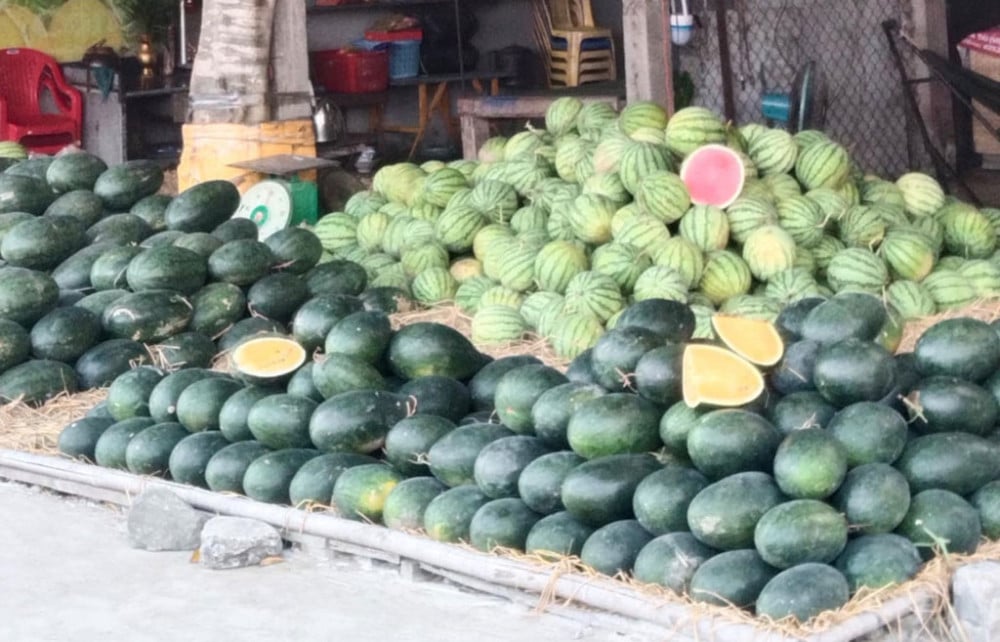
Since then, watermelons have spread everywhere. Along National Highway 1, from the provincial Martyrs’ Cemetery to Voi Bridge, spontaneous watermelon selling points have been formed, kilometers long, selling watermelons to passersby on the way from Saigon to the West and vice versa.
Compared to the “beginning”, watermelons now are big, round, heavy, juicy, no longer sweet, and the layer of spongy sand on the surface of the watermelon is no longer there. Long Tri watermelons are gone, only the legendary name and unique flavor remain. Long Tri watermelons are also just memories of the older generation./.
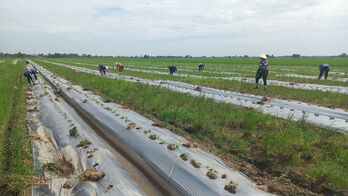 | Currently, farmers in Vinh Hung district are actively taking care of watermelons to serve the Tet market with the expectation that the price of watermelons will be high by harvest day. |
Hero
Source: https://baolongan.vn/dua-hau-long-tri-chi-con-di-vang-a188419.html


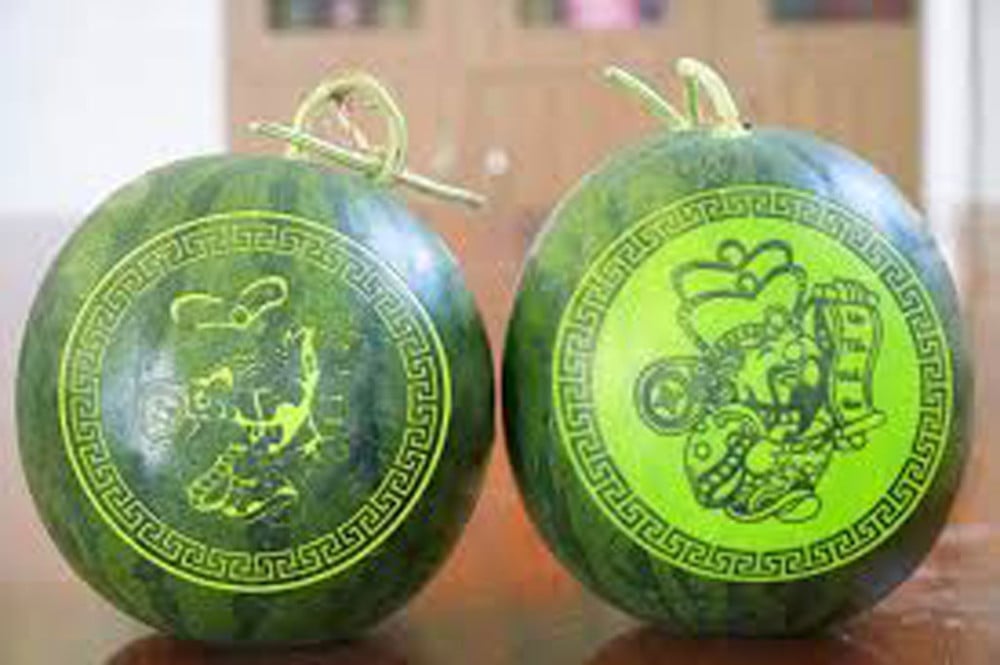


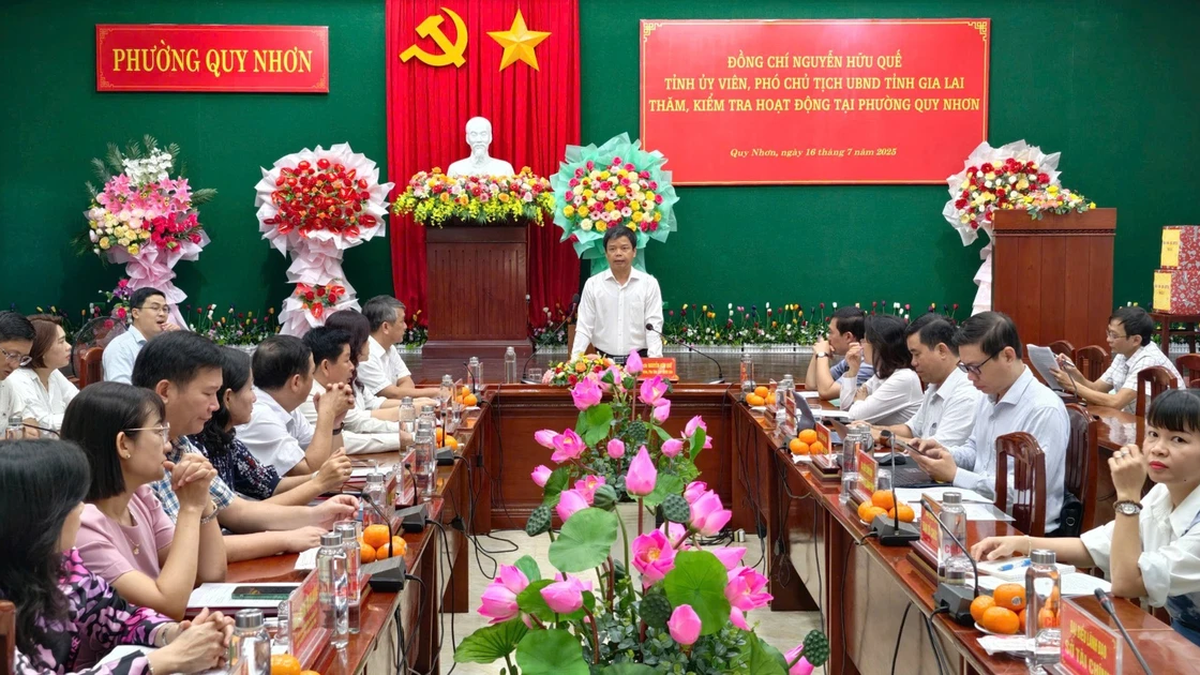




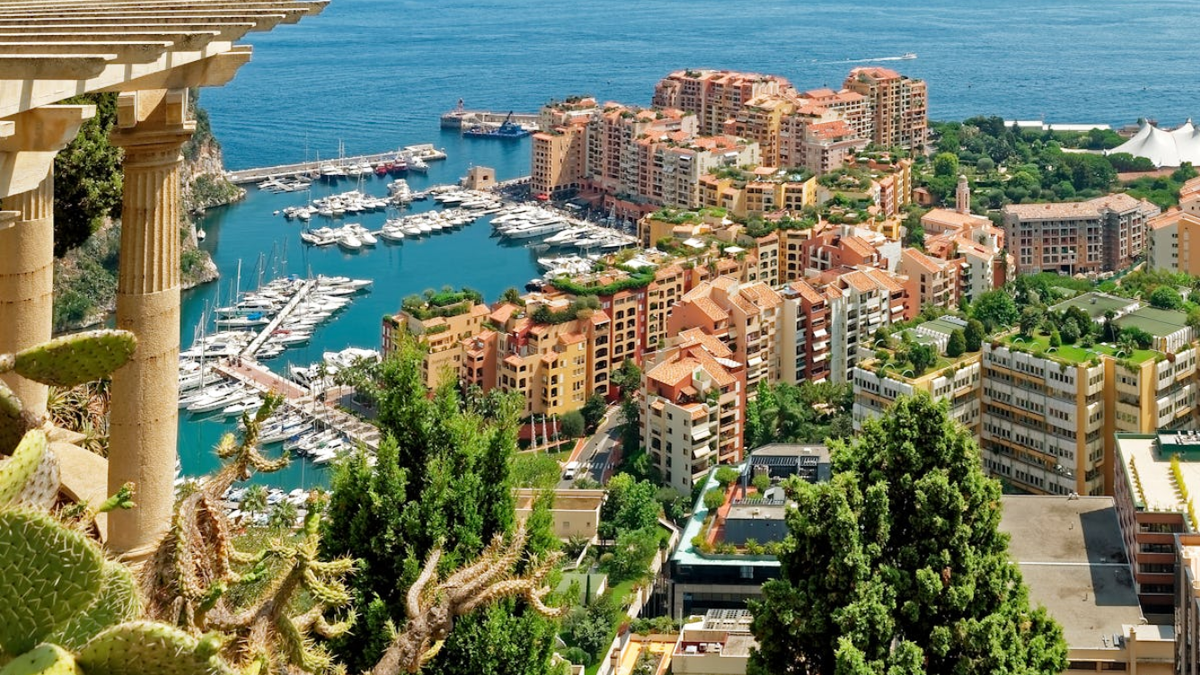




























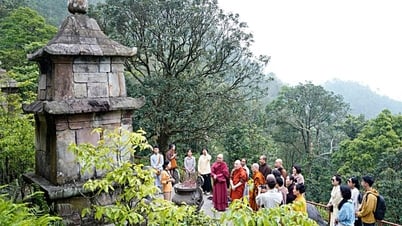



















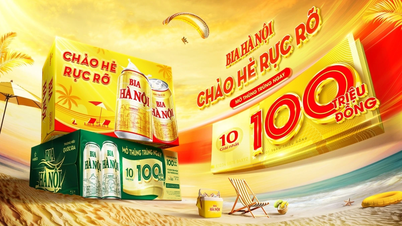









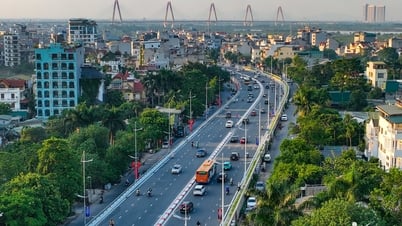





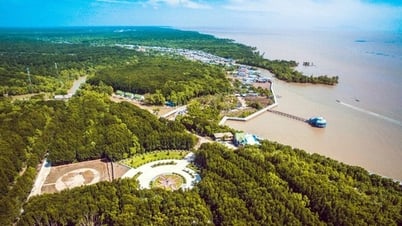


























Comment (0)